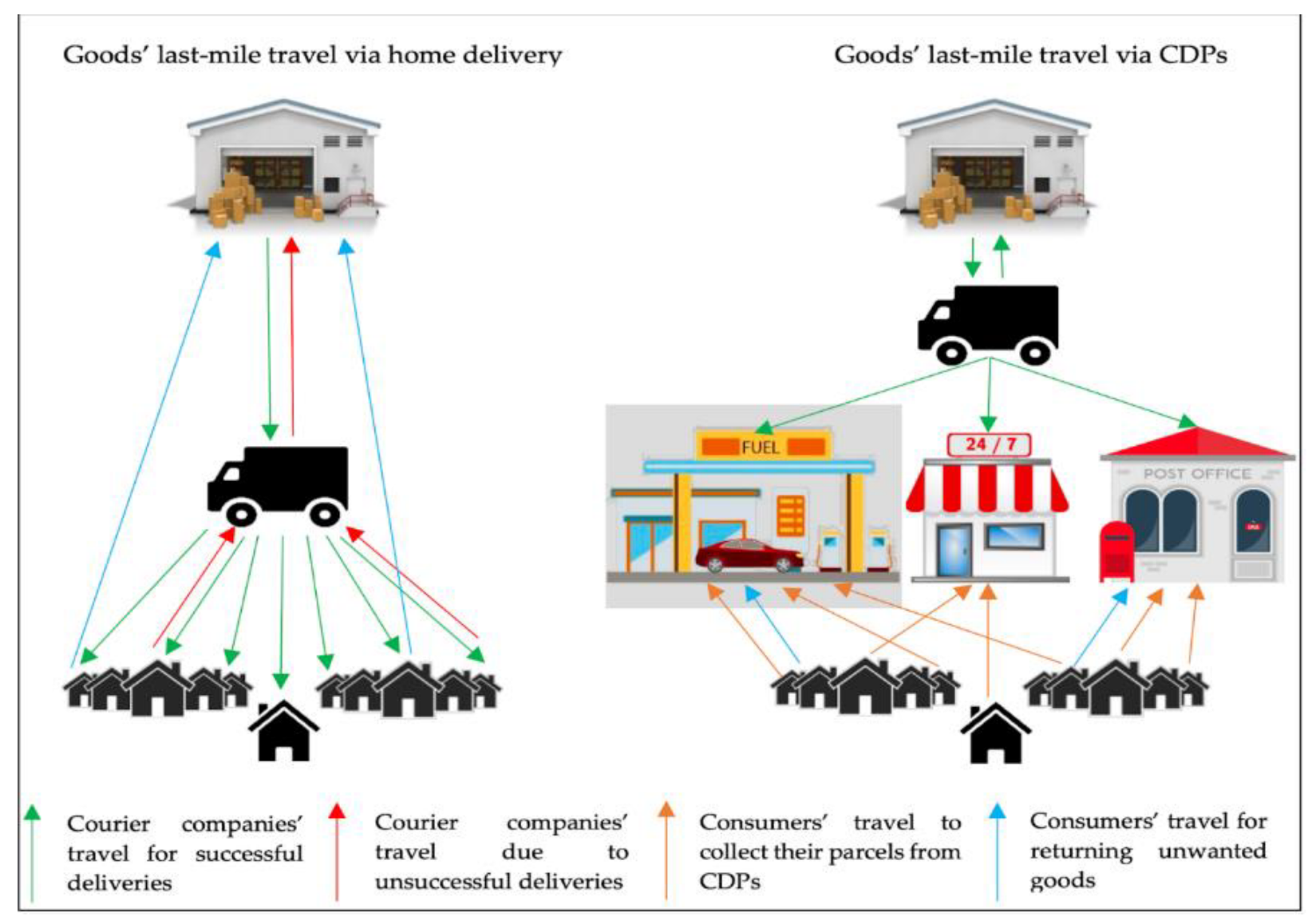Delivery Estimates: Managing Inaccurate Delivery Estimates for New Zealand Online Shoppers

Online shopping is booming in New Zealand, with shoppers spending NZ$7.67bn online in 2021, a 52% growth compared with 2019. However, online shopping also comes with challenges, such as inaccurate delivery estimates that can lead to customer dissatisfaction, frustration, and complaints. According to a survey by NZ Post, the customer experience areas that online shoppers wanted to see improve the most included:
– Faster delivery times (38%)
– Eco-friendly packaging or less waste (34%)
– More delivery options (21%)
These results indicate that online shoppers value speed, sustainability, and flexibility when it comes to delivery.
Inaccurate delivery estimates can be frustrating for online shoppers in New Zealand. It is important for both consumers and retailers to understand their rights and responsibilities when it comes to delivery timelines. This blog post will explore the issues surrounding inaccurate delivery estimates, provide relevant statistics and data, and offer key takeaways for online shoppers in New Zealand.

The Impact of Inaccurate Delivery Estimates:
1. Inconvenience for consumers: According to a recent survey, 59% of all shoppers, especially Gen Z and Millennials, find early deliveries to be an inconvenience. This can be attributed to not being home on the day of delivery or concerns about leaving packages unattended.
2. Lack of communication: While consumers are patient when it comes to late deliveries, with an average grace period of 3 days before contacting customer care, they expect accurate and timely updates. Failure to provide revised estimated delivery dates can result in increased customer inquiries.
3. Preference for precise delivery dates: Consumers prefer more precise estimated delivery dates, such as specific days of the week or specific dates, over non-specific counts of days or estimated business days. Retailers should consider providing more detailed delivery information to meet consumer expectations.

Online Shoppers: Managing Inaccurate Delivery Estimates:
To mitigate the impact of inaccurate delivery estimates on your online orders, consider the following strategies:
- 1. Managing Expectations: It’s important to manage your expectations and understand that delivery estimates are estimates, not guarantees. External factors, such as customs procedures, weather conditions, and peak holiday seasons, can affect the timely delivery of your package. Being patient and flexible can help alleviate frustration when faced with inaccurate delivery estimates.
- Research Retailers: Before making a purchase, research the reputation and reliability of the retailer. Look for reviews and ratings that specifically mention the accuracy of their delivery estimates. Opt for retailers with a track record of providing reliable estimates and timely deliveries.
- Utilize Tracking Services: Once your order is shipped, utilize tracking services to monitor the progress of your package. Most reputable retailers and shipping carriers provide tracking information that allows you to stay informed about the location and status of your shipment in real-time.
- Know your rights: Under the Contract and Commercial Law Act in New Zealand, carriers are liable for loss or damage to products and must provide satisfactory service. Consumers have 30 days to make a claim for loss or damage to products.
- Communicate with the retailer: If your online order doesn’t arrive on the promised date, contact customer care after allowing a reasonable grace period. Provide feedback to retailers about inaccurate delivery estimates to help them improve their services.
- Consider alternative delivery options: If you are frequently not home on the day of delivery, explore options like parcel lockers or alternative delivery addresses to ensure the safe receipt of your packages.
- Plan Ahead: When placing online orders, consider potential delays and allow ample time for delivery. Take into account the estimated shipping times provided by the retailer and factor in additional days to account for unforeseen delays.
New Zealand Online Shoppers Key Statistics and Data:
– 59% of all shoppers find early deliveries to be an inconvenience
– Gen Z and Millennials are more likely to be annoyed by early deliveries due to living in apartments or locations hostile to unattended packages
– 90% of shoppers will contact customer care if their online order doesn’t arrive on the promised date, with an average grace period of 3 days
– Retailers can reduce customer care calls by providing revised estimated delivery dates for late packages
Key Takeaways:
1. Inaccurate delivery estimates can be an inconvenience for online shoppers in New Zealand.
2. Consumers have rights under the Contract and Commercial Law Act, including the right to claim for loss or damage to products.
3. Communicate with retailers if your order doesn’t arrive on the promised date and provide feedback to help improve their services.
4. Consider alternative delivery options if you frequently miss deliveries.
5. Retailers should strive to provide more precise estimated delivery dates to meet consumer expectations.
Remember, accurate and timely delivery estimates are crucial for a positive online shopping experience. By understanding your rights and communicating with retailers, you can better manage inaccurate delivery estimates and ensure a smoother delivery process. By implementing these strategies and maintaining realistic expectations, you can navigate delivery delays more effectively. Remember, proactive research, communication, and patience are key to mitigating the impact of inaccurate delivery estimates on your online orders.

